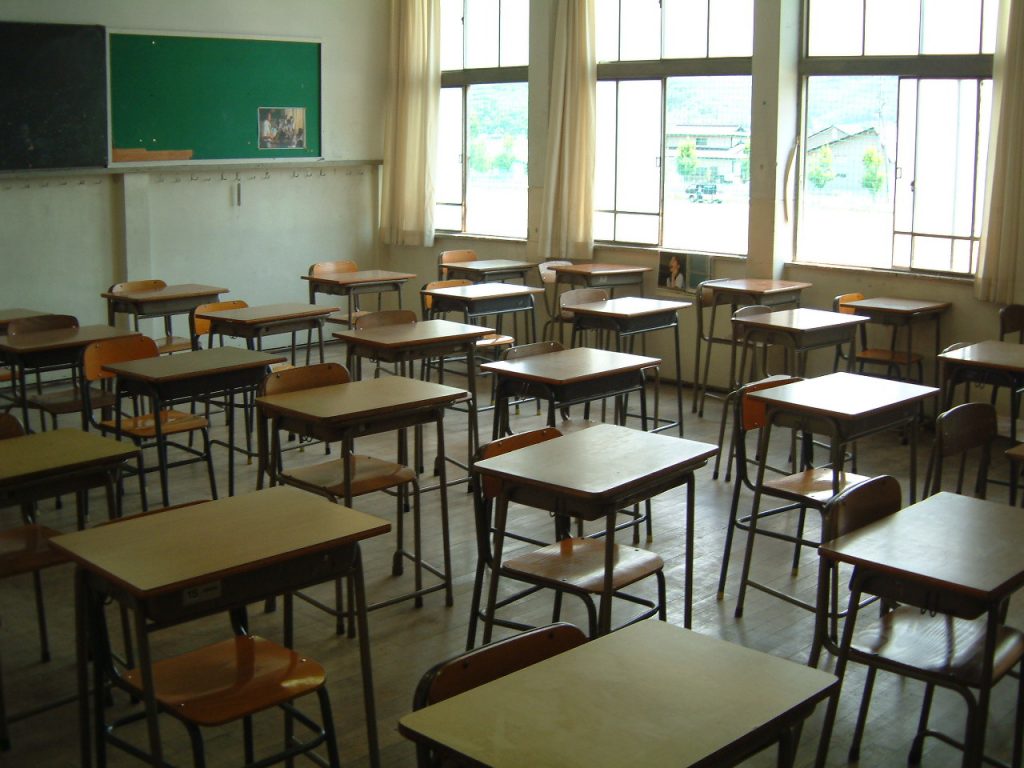Quite honestly, education is at a crossroads in this country. As government and parents ask the average teacher to do more with less, and teachers unions negotiate and demand more from government, parents, and the teachers they supposedly represent, the children are left truly in the middle of it all. States and school districts are fighting to get more money from any source that they can, and that includes Medicaid. But should it?

How does Medicaid money even get into public schools? Mostly through special education, as reported by the New York Times.
School districts rely on Medicaid, the federal health care program for the poor, to provide costly services to millions of students with disabilities across the country. For nearly 30 years, Medicaid has helped school systems cover costs for special education services and equipment, from physical therapists to feeding tubes. The money is also used to provide preventive care, such as vision and hearing screenings, for other Medicaid-eligible children.
As a special ed parent, I can testify to how this works. At every IEP (individual education plan) meeting for my children, I am handed a Medicaid eligibility form to sign. This allows my school district to seek Medicaid funding on behalf of my child’s education. The more students a school district has, the more money they qualify for. However, the Medicaid money could be curtailed with the passage of the Repeal and Replace bill.
The new law would cut Medicaid by $880 billion, or 25 percent, over 10 years and impose a “per-capita cap” on funding for certain groups of people, such as children and the elderly — a dramatic change that would convert Medicaid from an entitlement designed to cover any costs incurred to a more limited program.
AASA, an advocacy association for school superintendents, estimates that school districts receive about $4 billion in Medicaid reimbursements annually. In a January survey of nearly 1,000 district officials in 42 states, nearly 70 percent of districts reported that they used the money to pay the salaries of health care professionals who serve special education students.
Now, the point of this column is not to argue the need. I have hashed extensively over special education previously, and yes, funding is necessary for these most vulnerable students, as is required by federal law. The question is, should that funding be coming out of Medicaid?


![Does Medicaid Money Belong In Public Schools? [VIDEO]](https://victorygirlsblog.com/wp-content/uploads/2017/05/does-medicaid-money-belong-in-pu.jpg)








Recent Comments